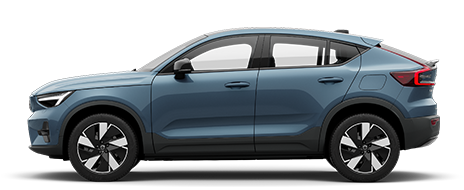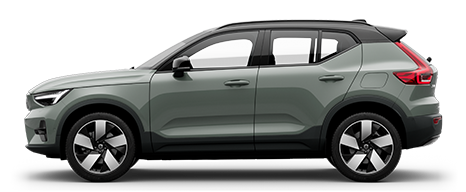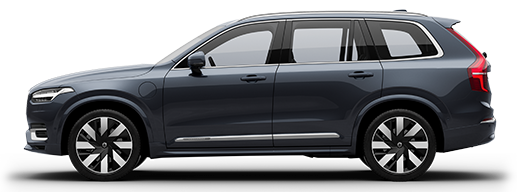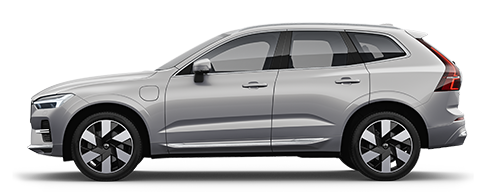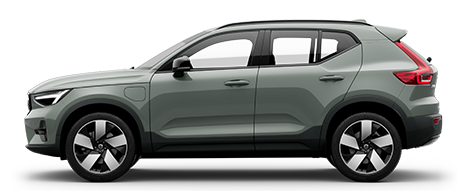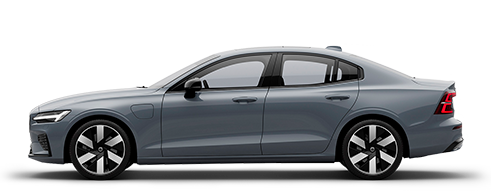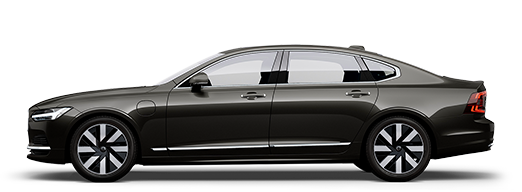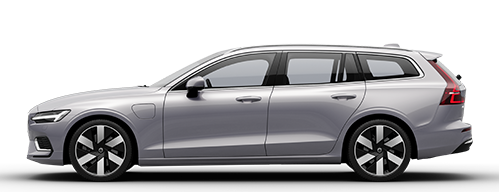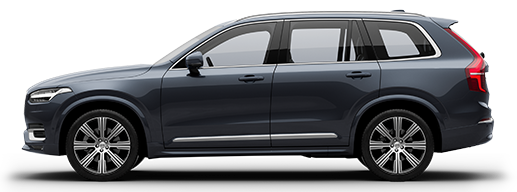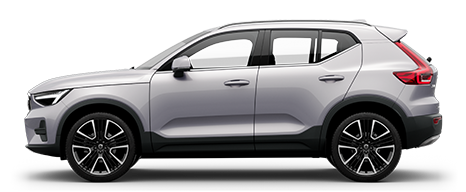Electric operation range in urban environment
The driver can influence some factors, but has no influence over others.
The longest range is achieved under extremely favourable conditions when all factors have a positive impact.
Factors that affect the range
Factors the driver cannot influence
There are several external factors that affect the range in varying degrees:
- traffic situation
- short driving distances
- topography
- outside temperature and headwind
- road condition and surface.
The table shows the approximate ratio between the outside temperature and the range of a car with reduced climate settings. A warmer outside temperature has a positive effect on range.
| 25°C | 105 % |
| 20°C | 100 % |
| 10°C | 90 % |
| 5°C | 85 % |
| 0°C | 80 % |
| 5°C | 75 % |
| 10°C | 70 % |
Factors the driver can influence
The driver should be aware that the following factors affect the range so he/she can operate the car in an energy-efficient manner:
- regular charging
- Preconditioning
- drive mode Pure
- Climate settings
- speed and acceleration
- drive mode Save
- tyres and tyre pressure.
The table shows the approximate ratio between constant speed and range, where a lower constant speed has a positive effect on range.
| 100 km/h (62 mph) | 70 % |
| 90 km/h (56 mph) | 80 % |
| 80 km/h (50 mph) | 90 % |
| 70 km/h (43 mph) | 100 % |
| 60 km/h (37 mph) | 110 % |
| 50 km/h (31 mph) | 120 % |
Note
- The values shown in the tables relate to a new car.
- These are not absolute values, but are dependent upon driving behaviour, environment and other circumstances.
Driving with electric operation
Select drive mode Pure for the most energy-efficient driving - to get as far as possible with electric power alone.
Select drive mode Save at higher speeds during drives which are longer than the range of the electricity.
